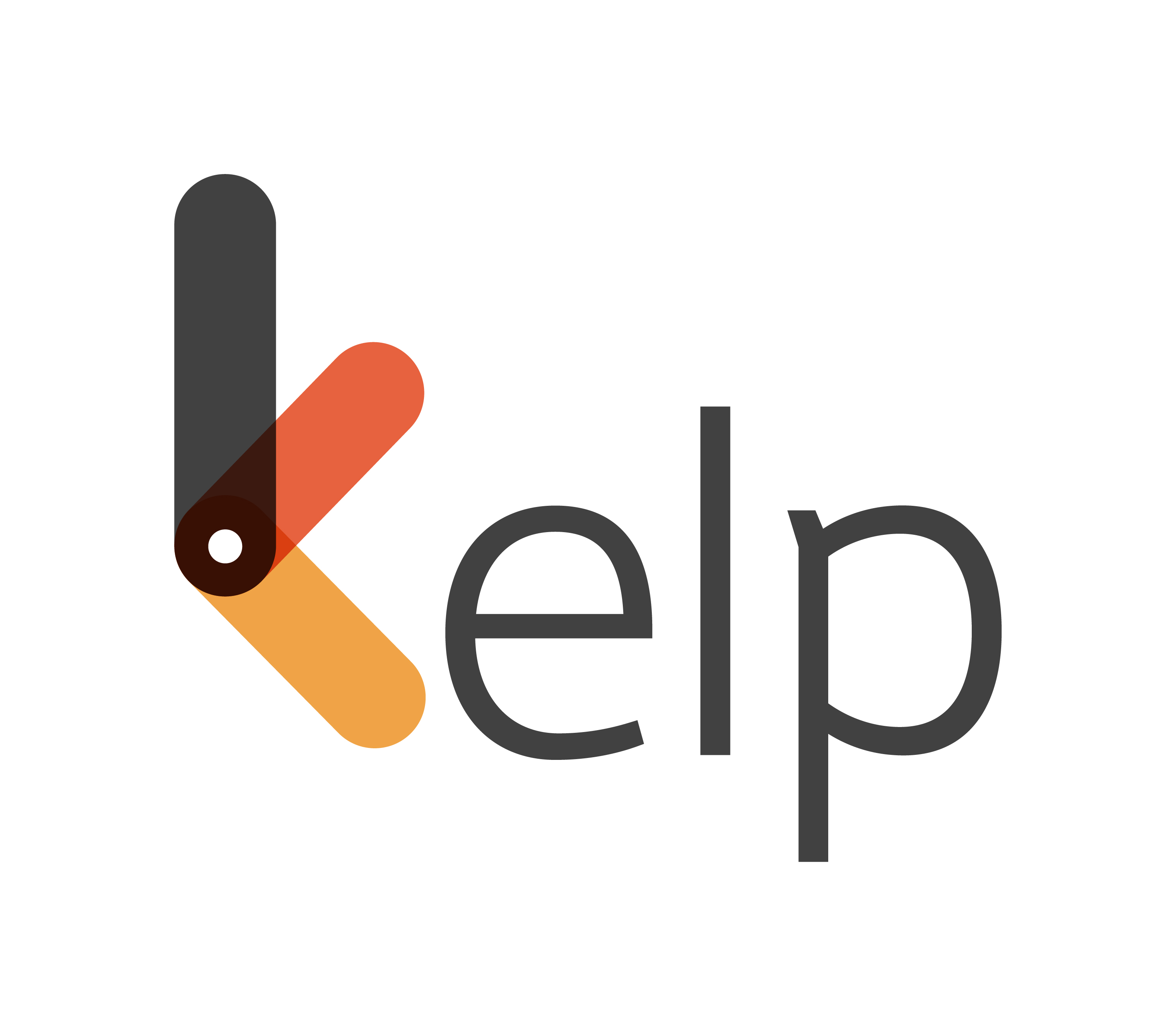In 2025, workplaces are still largely designed around a binary understanding of gender – male or female. Individuals identify across a gender spectrum, and rigid policies that fail to acknowledge this are leaving non-binary, gender-fluid, and transgender employees feeling unseen, undervalued, and vulnerable to discrimination.
Numbers do not lie
Research indicates that a significant proportion of employees fall outside the traditional binary gender categories. In the U.S. alone, over 25% of LGBTQ+ youth identify as non-binary, with another 20% unsure of their gender identity. This suggests workplaces must evolve, or risk losing an authentic connection with their workforce.
Globally, transgender employees earn 32% less than their cisgender counterparts, and non-binary individuals experience higher rates of discrimination. These are not just personal stories; they reflect systemic workplace failures caused by inadequate policies and outdated assumptions
Why Binary Policies Are Harmful
- Invisibility and Exclusion
Policies and systems that only acknowledge “male” or “female” identities force non-binary employees to choose inaccurately or conceal their identity entirely. Names, pronouns, uniform guidance, and restroom access all become barriers when legal paperwork and HR systems fail to reflect employees’ lived realities. - Bias in Career Progression
Gender diversity efforts often focus on women versus men, overlooking those who don’t align with the binary. Studies show non-binary and genderqueer professionals report higher incidents of microaggressions and even job loss due to bias. - Well-being at Stake
Persistent invalidation leads to stress, anxiety, and detachment. Without supportive policies, many non-binary employees quietly disappear from the workforce
Building Inclusive Environments
- Expand Language and Systems
Ensure all forms, systems, and communications offer options beyond the binary “male/female.” Allow employees to self-identify, share pronouns, and update their records at will. - Policy Revision
Develop a gender spectrum-inclusive diversity and inclusion training. Create clear anti-discrimination policies that explicitly mention “gender identity and expression,” and update dress codes and restroom access policies accordingly. - Train Leaders and Teams
Educate leaders and employees on topics like gender diversity, unconscious bias, and pronoun etiquette. Highlight how inclusive behaviours support all employees. Research shows that organisations with precise demographic data are twice as likely to foster a genuine culture of inclusion. - Offer Support Structures
Create Employee Resource Groups (ERGs) specifically for non-binary, transgender, and gender-diverse employees, and empower them with influence and visibility. These groups foster belonging and guide policy evolution. - Track Progress and Accountability
Set measurable goals, collect non-binary-inclusive demographic data, and report progress transparently. Organisations with explicit diversity metrics are quicker to implement meaningful change.
Why It Matters
A gender-inclusive culture boosts mental health, innovation, and retention while reducing legal and reputational risks. Nearly 50% of companies are yet to include underrepresented genders in diversity goals… The opportunity and responsibility is clear.
Conclusion
The gender spectrum is a reality of today’s workforce. To thrive, organisations must move beyond binary policies, including training on gender diversity and inclusion. It’s about meeting people where they are, creating safe spaces, and building systems that affirm identity across the gender spectrum.
Let’s craft workplaces where every employee, regardless of gender identity, feels seen, valued, and empowered to contribute their best.
For more information on gender spectrum and inclusivity in the workplace, visit www.kelphr.com






























